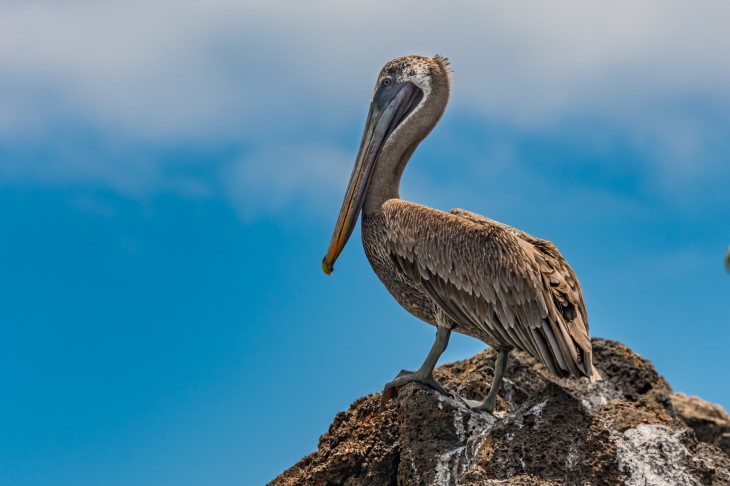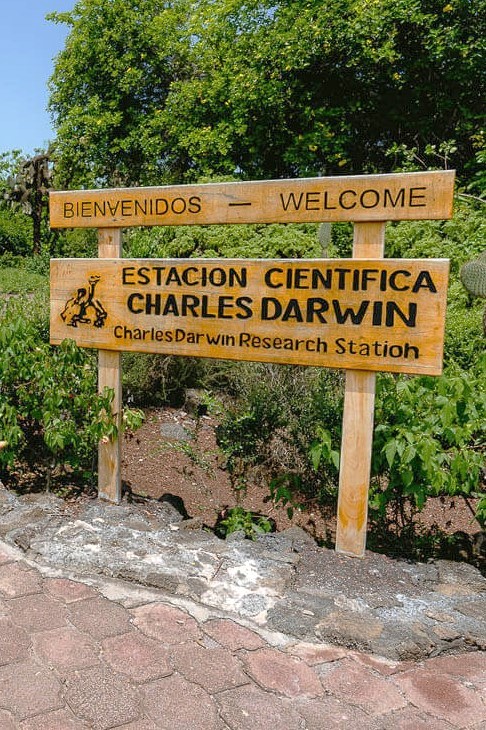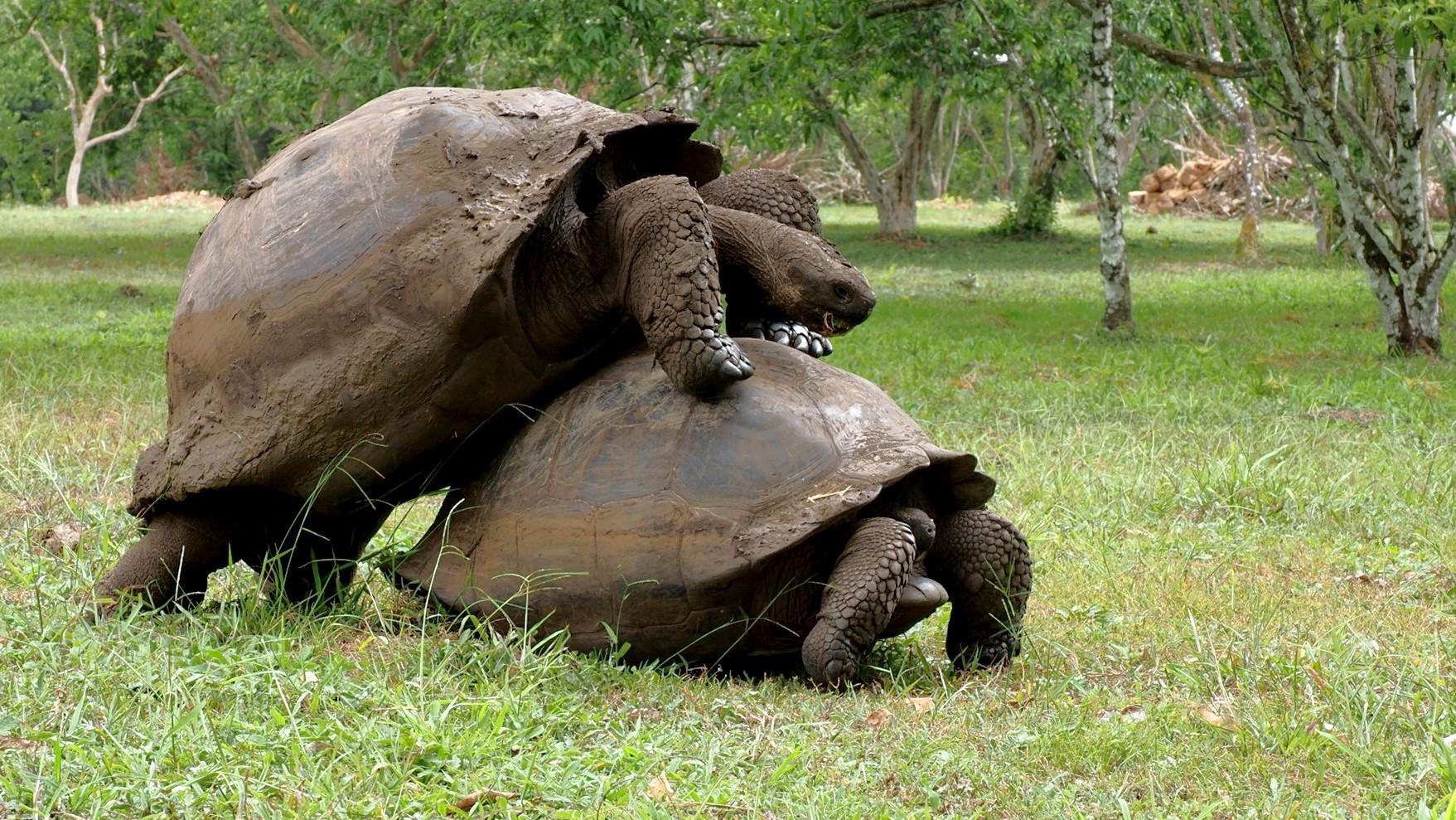
SIGN UP TO RECEIVE
15% OFF
IN YOUR NEXT TOUR

Charles Darwin Research Station Visit
SCROLL DOWN TO READ

Charles Darwin Research Station Visit
SCROLL DOWN TO READ
Charles Darwin Research Station Visit
In the Pacific Ocean off the coast of Ecuador are the Galapagos Islands, where many unique species of animals and plants can only be found. The islands are famous for the Galapagos tortoises, which can become very large and live for a very long time. Not all the islands have these tortoises, but those that do have different adaptations. Darwin was one of many to study this living laboratory, and he was able to tell which tortoise was from which island because of their differences.

Due to humans hunting, developing, or introducing new invasive species, the tortoises have become endangered. To attempt to reestablish their habitat, most of the islands' areas are protected national parks. Many of the food resources they required were destroyed by humans and invasive species. By reintroducing the native species and removing the invasive ones, they hope to return the tortoises to a natural habitat they can survive in. On Floreana, they have removed goats and hogs and continue to remove rats and cats. These animals have destroyed the habitat by eating food resources and destroying the tortoises' nests. Poison and traps are being successfully used on Floreana, and they are now planning to return the tortoises to the wild again this year, 2024.
At the Charles Darwin Research Station, everyone can see the conservation efforts and what they are doing to restore the land and population of the Galapagos tortoises. As you walk along the path, you find a station explaining native and invasive plant species and how they are growing and restoring plants such as the cacti. It is important to restore the native species so that they can support the needs of the animals, such as the tortoises.

To recover the populations of the tortoises, they also have enclosures of baby tortoises from the different islands. Each tortoise is labeled with a color and a number. The color signifies the island they are from, and the number is the number of eggs their mother laid. At the research center, they can create a controlled environment for the eggs to ensure the nest won't be bothered by things such as rats, and with controlled temperatures, they can decide the gender of each egg. At 28 degrees Celsius, the eggs will be male, and at 29.5 degrees Celsius, they will be female. This way, they are able to control the population, and once the islands are ready, the tortoises can be returned to the islands they belong to.
As a reminder of how the tortoises became endangered, there is a display about how the tortoises were captured and hunted. On display, they have Lonesome George, a saddleback tortoise, as a reminder of the extinction of his subspecies from Pinta Island and why the conservation efforts are so important to the Galapagos Islands.

Depending on the height of the vegetation, the tortoises either have a dome-shaped shell or a saddleback shell. The saddleback shell allows the tortoises to extend their necks further upwards to reach higher-up food in drier environments, while the dome shell tortoises have lower-down vegetation and do not need to reach upwards for food. The Charles Darwin Research Station was an eye-opening visit, and I hope their conservation efforts continue to succeed for the island's natural preservation of its unique species.
